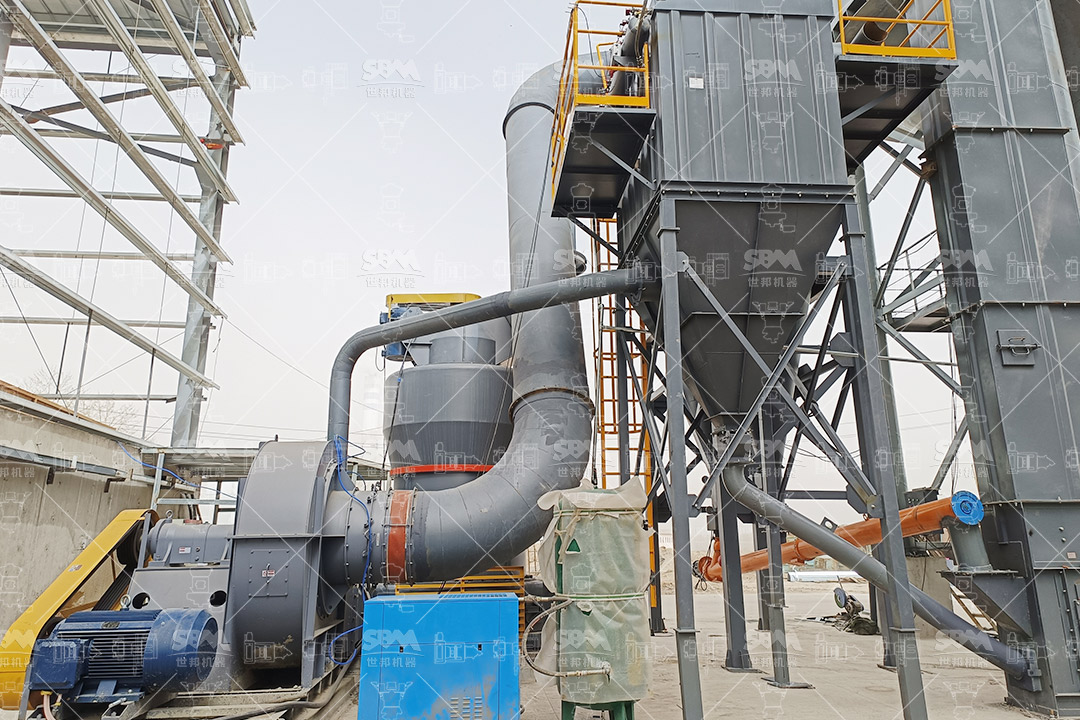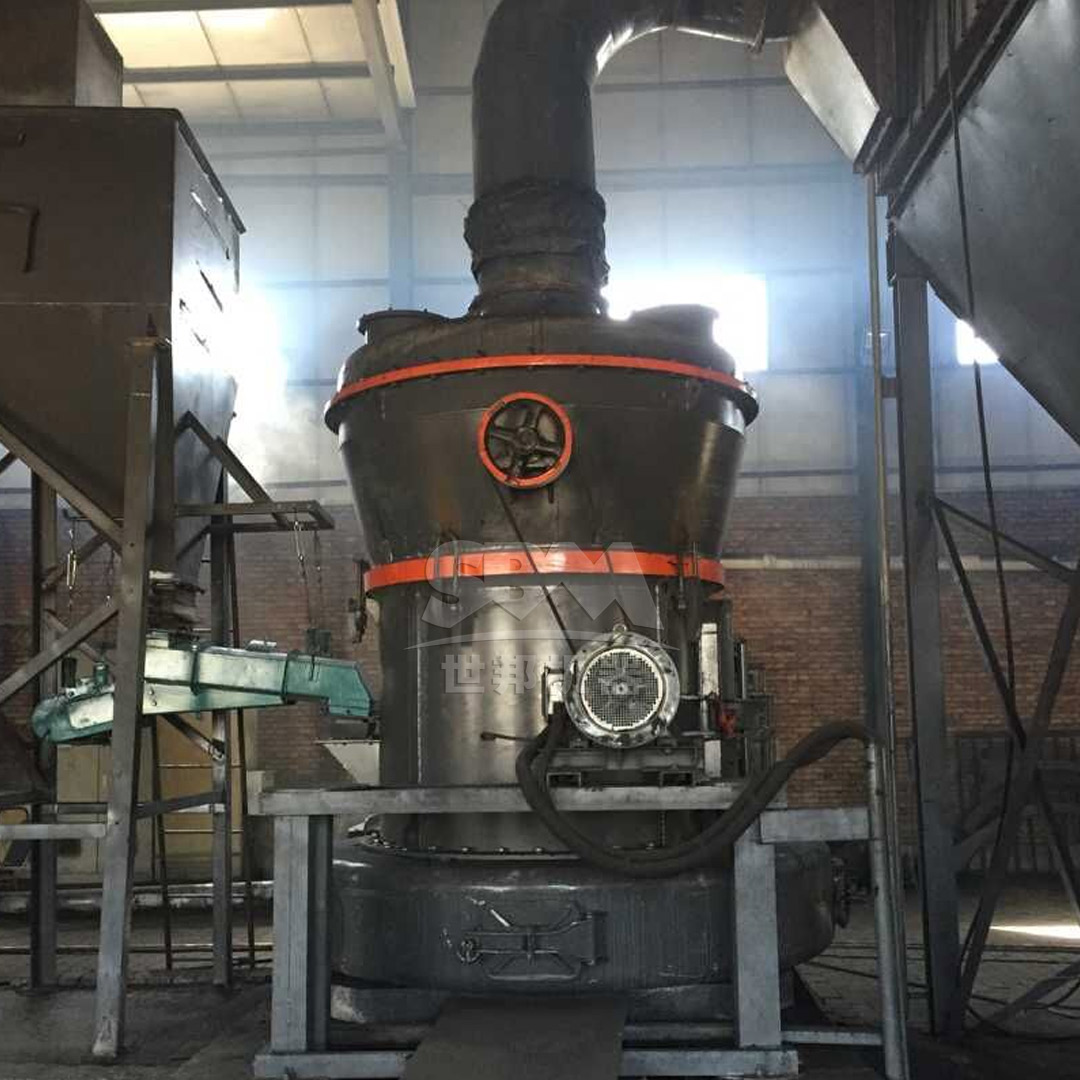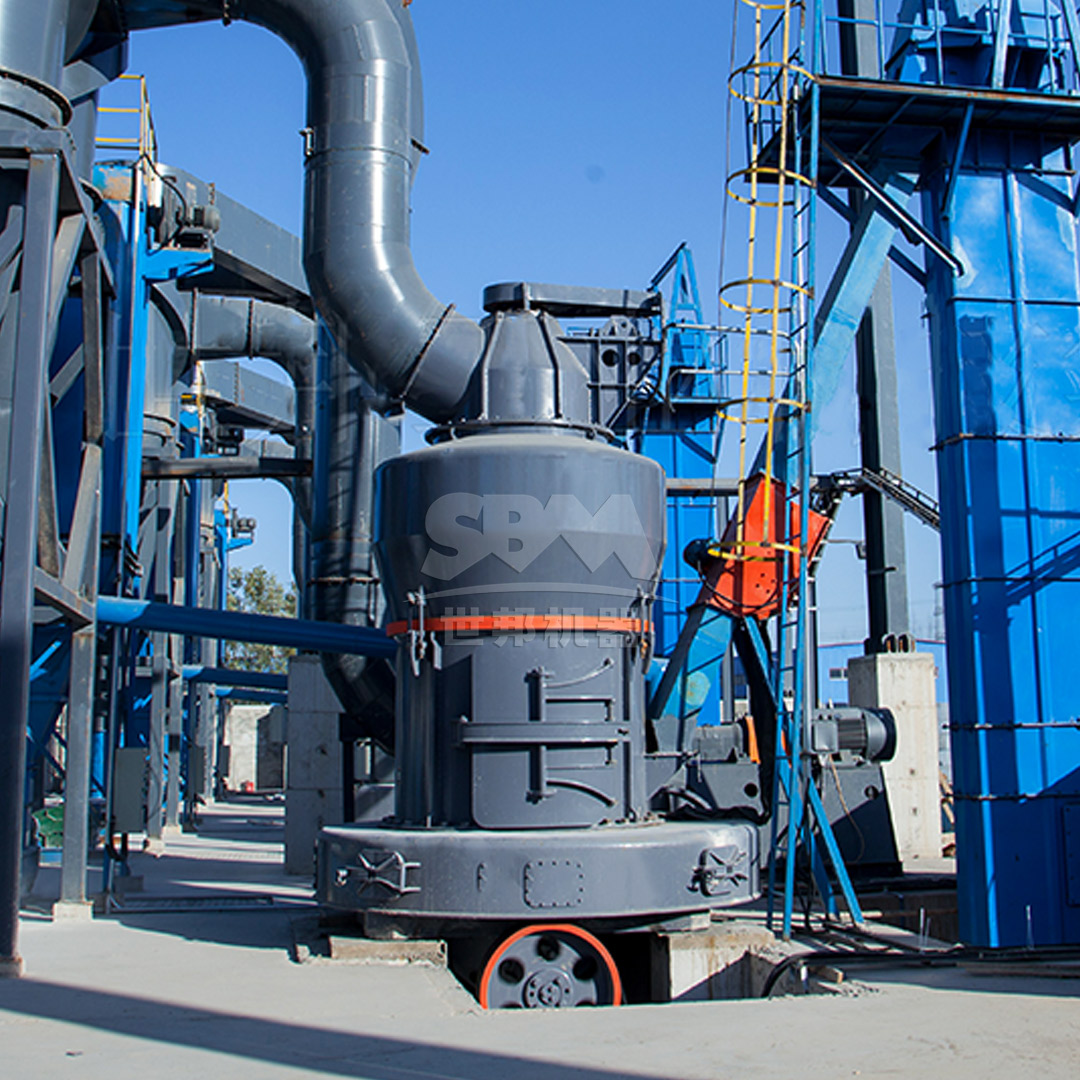The formulation of high-performance fire-resistant coatings demands raw materials of exceptional purity and precisely controlled particle size. Talc, a hydrated magnesium silicate, is a critical component in these formulations, acting as a reinforcing filler, smoke suppressant, and fluxing agent. Its efficacy is heavily dependent on its fineness and particle size distribution (PSD). Achieving the optimal talc powder characteristics requires advanced grinding technology. This article explores the pivotal role of specialized grinding mills in producing the high-quality talc essential for next-generation fire-resistant coatings and highlights key machinery solutions.
Talc contributes to fire resistance through several mechanisms. At elevated temperatures, it undergoes endothermic dehydration, releasing water vapor that dilutes flammable gases and cools the substrate. Subsequently, the decomposed talc forms a stable, refractory magnesium silicate barrier that insulates the underlying material from heat and flame. The efficiency of these reactions is maximized when the talc particles are ultra-fine and uniform, ensuring a high surface area for rapid dehydration and the formation of a continuous, cohesive protective char layer.

Grinding talc presents unique challenges. Its natural lamellar (plate-like) structure and softness (1 on Mohs scale) mean it is easy to grind but difficult to classify without over-grinding, which can reduce its reinforcing properties. The goal is to delaminate the plates to achieve the desired fineness while preserving their aspect ratio. Furthermore, its soft and abrasive nature can cause significant wear on grinding components if not constructed from appropriate materials. Efficient grinding, therefore, requires a mill that combines gentle, precise grinding action with a highly accurate classification system and exceptional wear resistance.
Not all mills are suitable for producing coating-grade talc. The technology must offer precise control over fineness, high energy efficiency, and robust construction.

For applications requiring the very finest talc powders (D97 ≤ 5μm), such as in thin-film intumescent coatings, the SCM Ultrafine Mill represents the pinnacle of grinding technology. This mill is engineered to overcome the challenges of ultra-fine grinding with remarkable efficiency and reliability.
| Model | Processing Capacity (ton/h) | Main Motor Power (kW) | Feed Size (mm) | Output Fineness (mesh) |
|---|---|---|---|---|
| SCM800 | 0.5-4.5 | 75 | 0-20 | 325-2500 |
| SCM900 | 0.8-6.5 | 90 | 0-20 | 325-2500 |
| SCM1000 | 1.0-8.5 | 132 | 0-20 | 325-2500 |
| SCM1250 | 2.5-14 | 185 | 0-20 | 325-2500 |
| SCM1680 | 5.0-25 | 315 | 0-20 | 325-2500 |
The SCM mill operates via a main motor driving multiple layers of grinding rings to rotate. Material is dispersed into the grinding race by centrifugal force, where it is pulverized by roller pressure and undergoes progressive grinding. The final product is collected efficiently by a cyclone collector and pulse dust removal system.
For producers targeting a slightly coarser but still critical fineness range (30-325 mesh) for thicker film or mastic coatings, the MTW Series Trapezium Mill offers an outstanding balance of capacity, efficiency, and cost-effectiveness.
This mill functions by the main motor driving the grinding roller to revolve around the central axis while rotating itself. Shovels throw the material between the roller and grinding ring to form a material layer, achieving efficient crushing through extrusion, with a grading system precisely controlling the final particle size.
The performance of modern fire-resistant coatings is inextricably linked to the quality of the raw talc powder used in their formulation. Investing in the correct grinding technology is not merely an operational decision but a strategic one that directly impacts product efficacy and market competitiveness. Mills like the SCM Ultrafine Mill and the MTW Trapezium Mill provide the technological foundation necessary to produce talc powders that meet the exacting standards of the coatings industry, enabling the development of safer, more reliable, and higher-performing fire protection solutions. By understanding the requirements and selecting the appropriate grinding equipment, manufacturers can ensure a superior final product.
